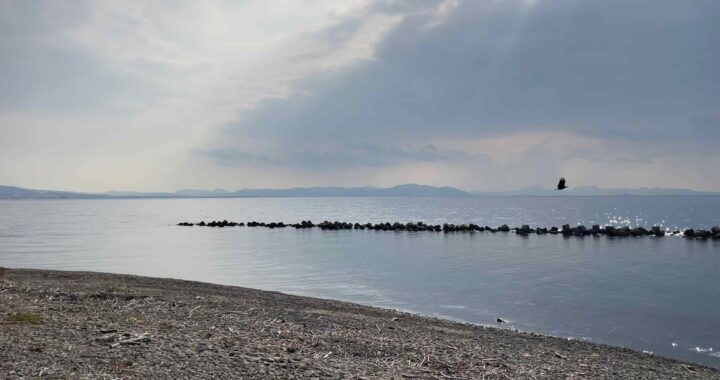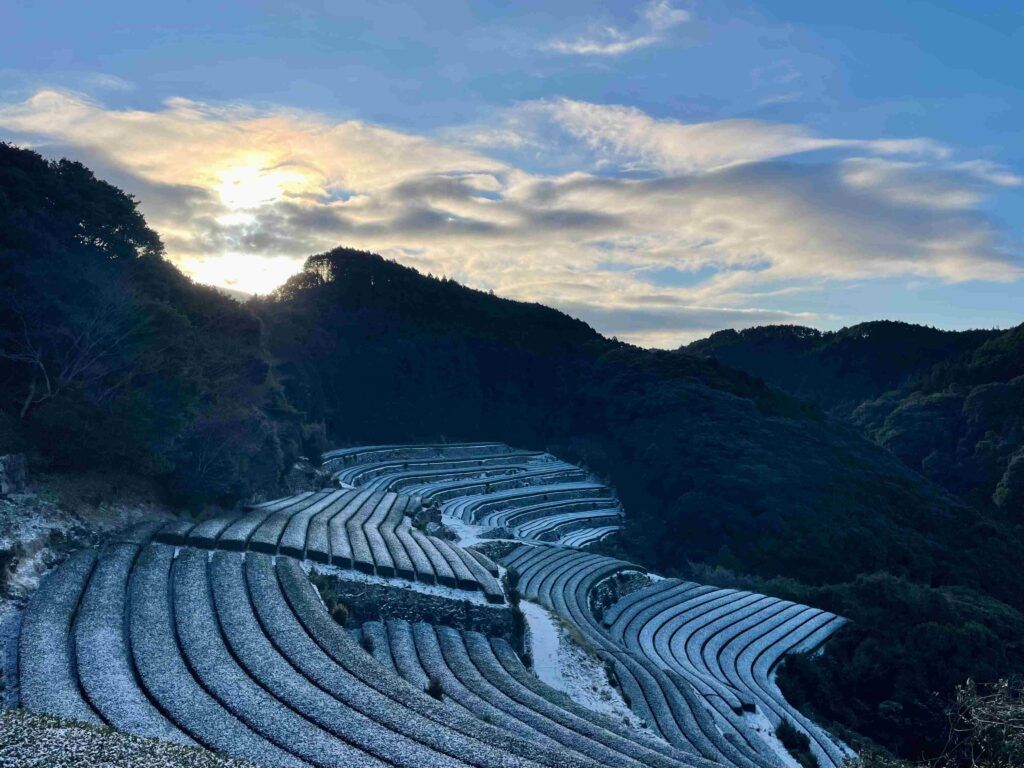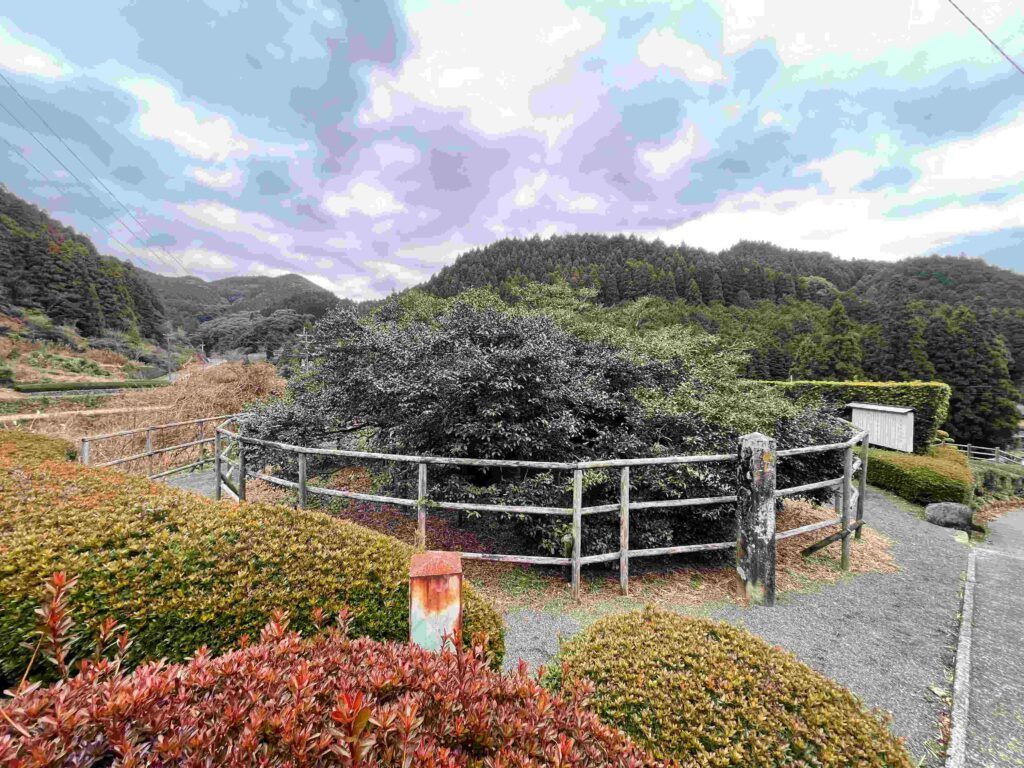As the first signs of winter creep into the valley, the landscape slowly transforms into a serene tapestry of soft whites and deep greens. Wazuka takes on a quiet beauty during this time and this winter has been no different. The mist rolls through the hills, tea bushes are dusted with frost and mountains are lit up with pale morning light. It’s a season that invites reflection and appreciation for the simpler moments — whether it’s drinking hot tea with friends or enjoying the cozy kotatsu.
It’s also a slower time for both staff and assistant managers. Our busy schedules become a bit more calm and we are able to take some time off to visit friends and travel. This winter was a perfect mix of rest and adventure. In early December, Obubu House was gifted a beautiful Christmas tree by staff member George which we decorated happily. The day was spent cooking delicious holiday food, playing holiday music and dancing in the kitchen. We also had an impromptu holiday photo shoot involving Assistant Managers Marcello (#7) and Katrina (#8) who took turns wearing a very festive Santa costume. “Harvesting Santa” and “Kei Truck” Santa made for some really fun photos. The month ended with an amazing company Christmas dinner where everyone ate delicious home cooked food, shared stories and celebrated being together. A great way to end the year.
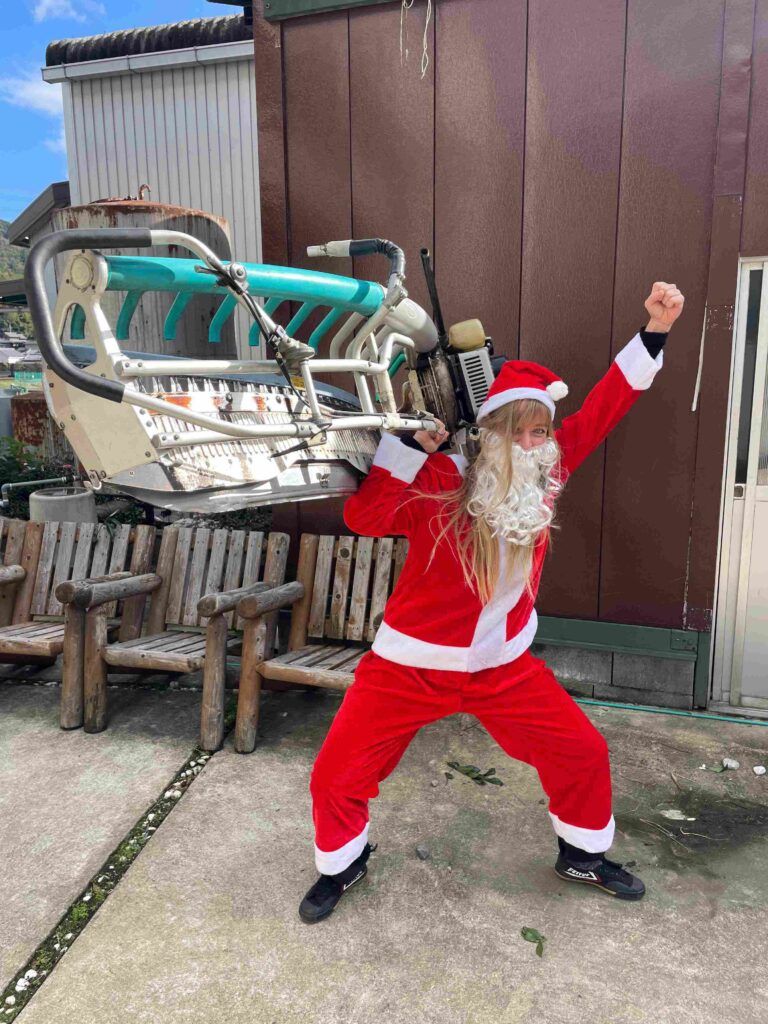

Katrina and Marcello getting into the holiday spirit!
In the start of the new year I decided to use some of my vacation time to visit some friends and explore new, unseen parts of Japan. I booked a ticket to Nagasaki to visit Ikedoki Tea, the sister company of Obubu Tea Farms. Ikedoki Tea is located in Higashi Sonogi, near the beautiful Omura Bay in the northern central part of Nagasaki prefecture. Approximately 60% of the tea in Nagasaki prefecture is produced here. This area is home to some of Japan’s most beautiful tea fields. This region’s mild climate and fertile soil make it an ideal location for cultivating tea and its beautiful ocean views bring visitors from all over the world.
After arriving, I received a warm greeting from Marjolein, Matsu-san and former Obubu intern #174 Spencer who make up the team of Ikedoki Tea. We set off on a tour of the fields to learn more about where the local tea comes from. Our first stop was at Ureshino Daichaju, one of Japan’s oldest tea trees. This ancient tea tree is believed to be over 350 years old and stands at 4m tall and 12m wide. It is located in the town of Ureshino, just a short distance from Sonogi. Standing proudly in the heart of Ureshino’s tea fields, this tree offers a glimpse into the origins of Japanese tea culture. Though no longer in active production, the tree is thought of as a symbol of Japan’s deep-rooted connection to tea. After a short tour of the surrounding tea fields we headed to the Ikedoki tea room where we tried a series of delicious local teas and talked about their history and origins.
I learned that Ureshino is renowned as the birthplace of Japanese tea. In 1191, the monk Eisai brought tea seeds back with him from China. He then planted these seeds at Mount Sefuri, in present day Yoshinogaricho city, Saga prefecture. There are two main types of tea produced in this area, Kamairicha – a pan-fried Japanese green tea known for its natural sweetness and Tamaryokucha – a delicious, curly Japanese green tea that is produced using a steaming method. I have to say that after trying these teas I may have some new favorites. I was really impressed by the wide arrange of flavor notes – from grassy and nutty to floral and sweet.
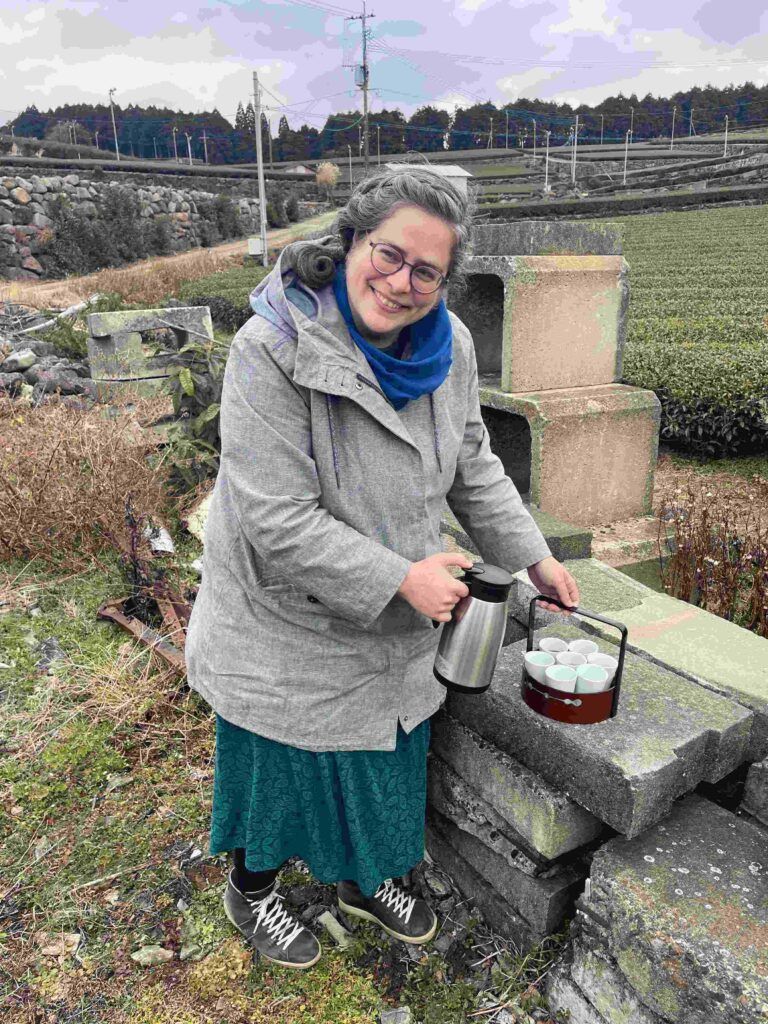
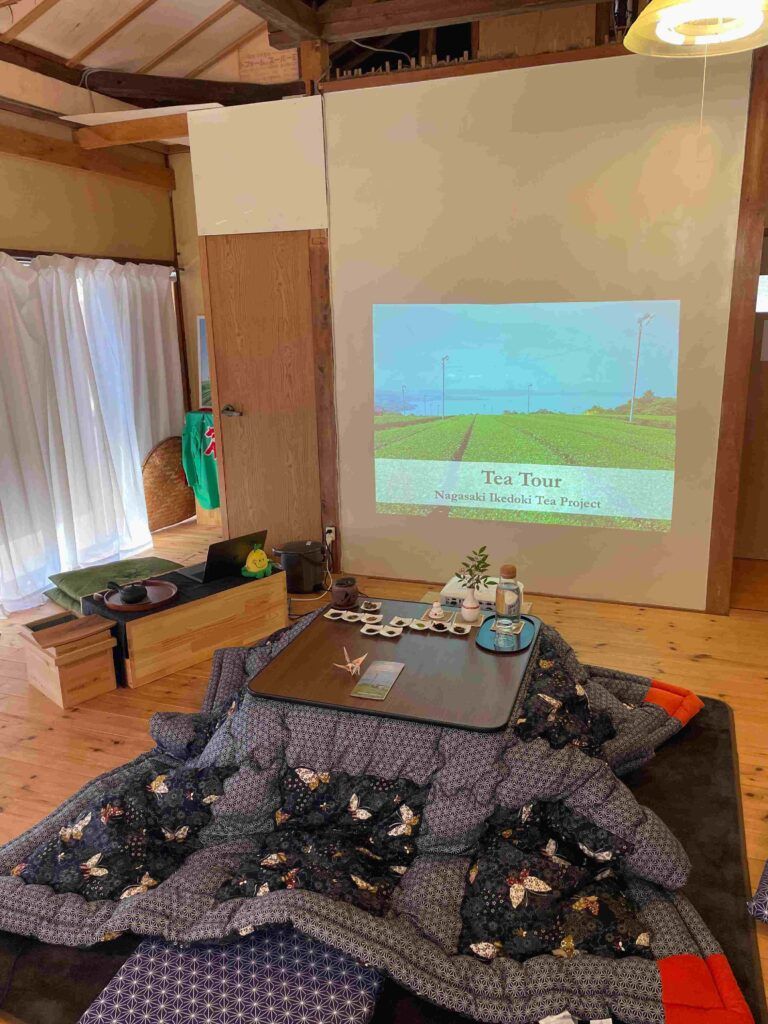
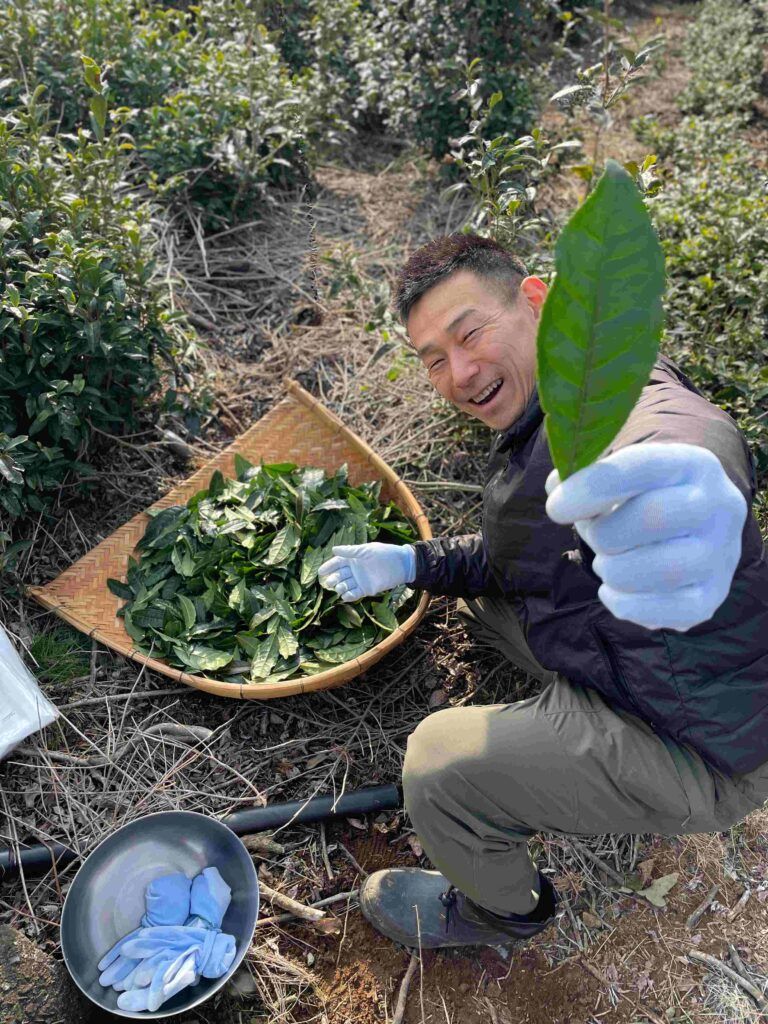
Another great point of the trip was a visit to the Nagasaki Prefectural Art Museum, a modern and spacious museum located near the scenic waterfront. The museum features a wide range of art exhibitions, from contemporary Japanese art to international works, with a focus on both traditional and modern mediums. After soaking in some art, I set off to explore Kazagashira Park, a peaceful green space that with panoramic views of the city. The walk up included a meandering trail of beautiful stairs leading up through several cemeteries. There was a light dusting of snow on everything, making it all the more peaceful and serene. The views at the top were some of the most beautiful I’ve seen in Japan so far.
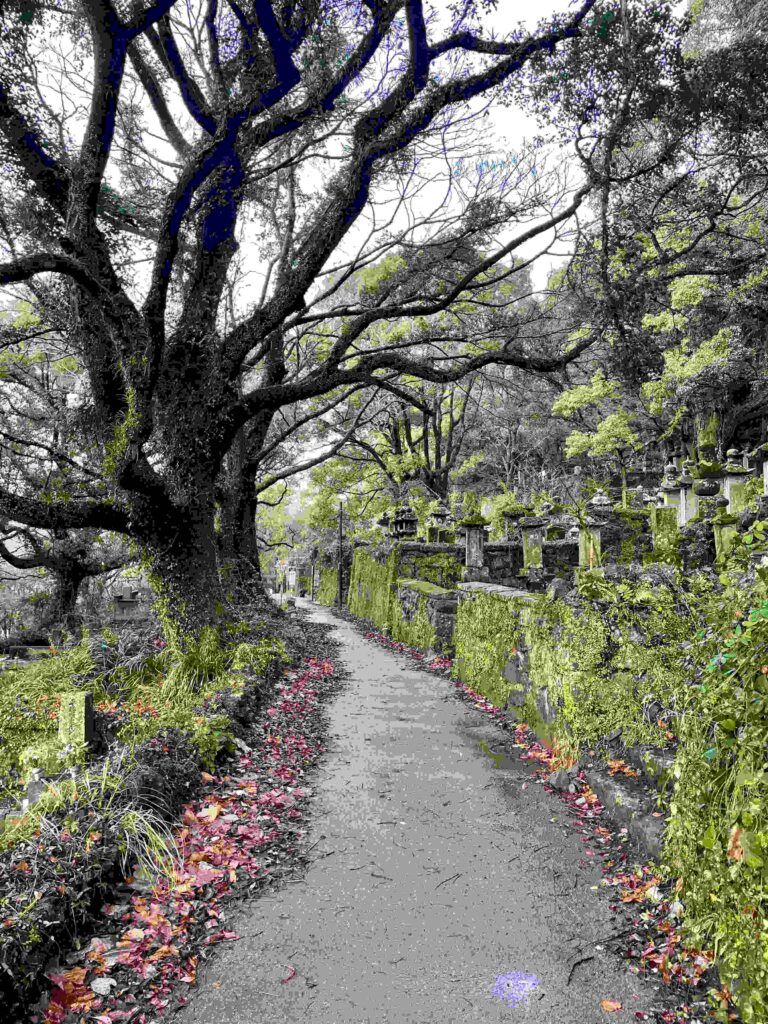
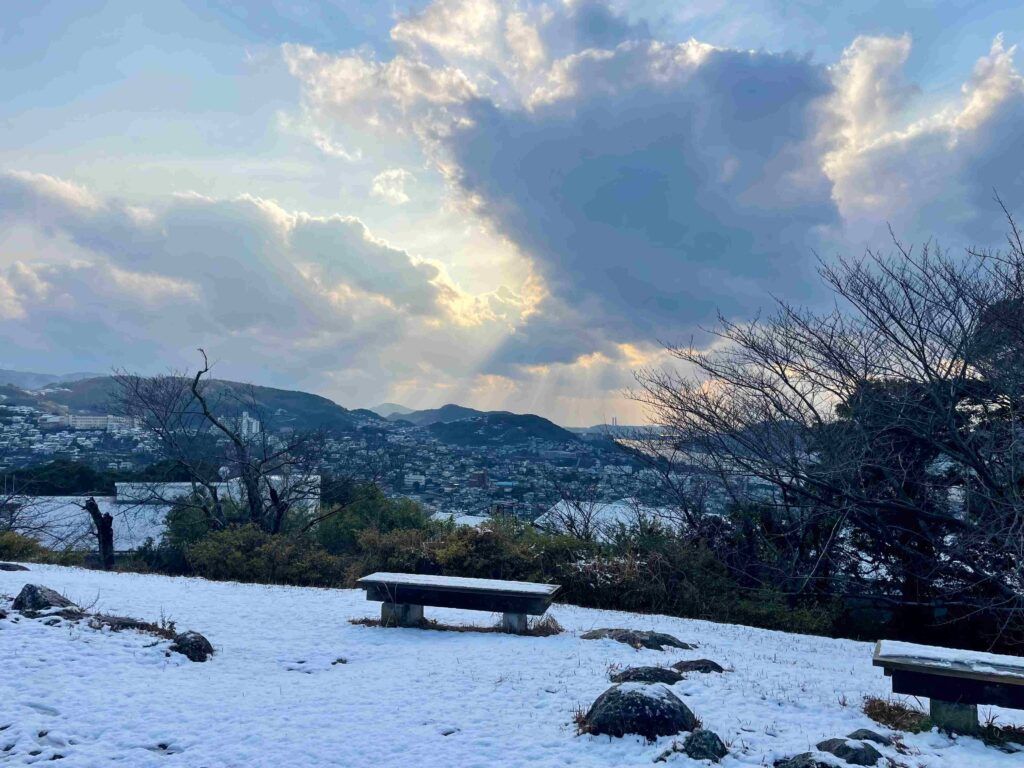
The path to Kazagashira Park and the view from the top.
The end of the trip was capped off with a short day trip to the neighboring town of Arita, Japan’s famous porcelain town, just a short drive from Sonogi. Arita is known worldwide for its high-quality porcelain, which dates back to the early 17th century when it was first introduced by Korean potters. Arita’s beautiful streets are lined with galleries, shops, and workshops where you can observe skilled artisans creating porcelain pieces – from delicate teacups to intricate vases.
I wanted to learn more about the history of porcelain and how it is made so I stopped by the Arita Ceramic Museum which was full of informative galleries and displays. From there I visited the giant ginkgo tree at Izumiyama Benzaiten-jinja Shrine. It is about 40-meters high and about 1,000 years old. The beautiful golden leaves had already fallen but it was still an incredible sight to see. Next I stopped by the Arita Quarry. Kaolin stone was discovered at this site which helped Arita to develop into a prosperous center of porcelain production. There is no longer any active mining at the quarry but you can view the exposed rocks from a nearby observation area.
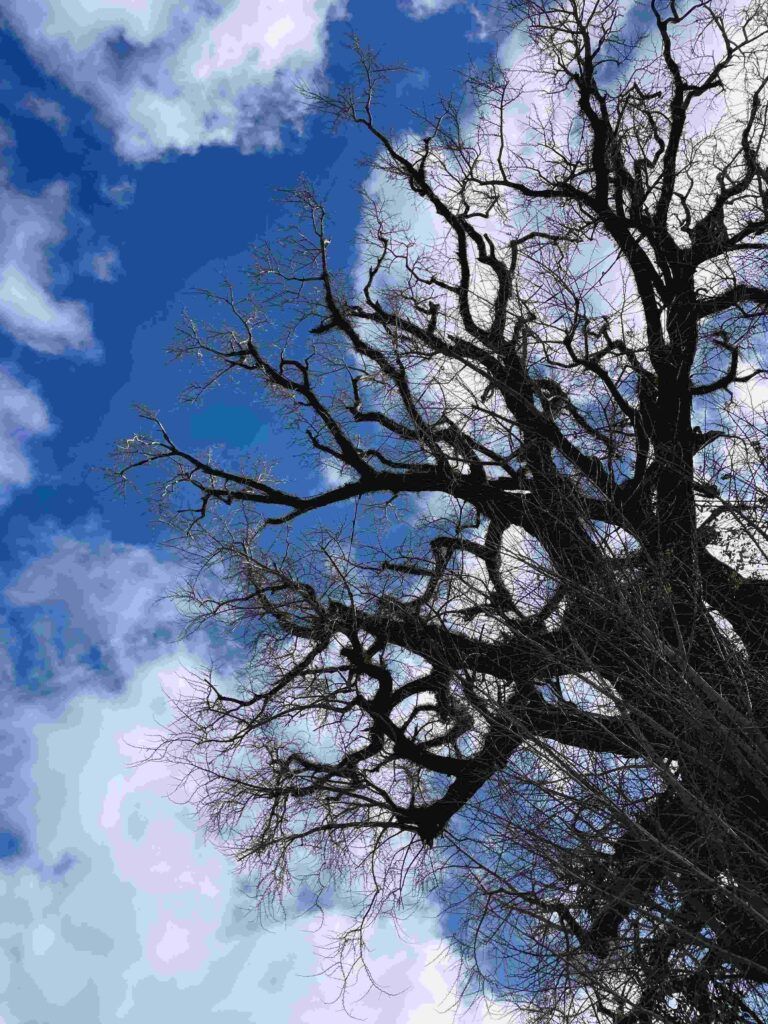
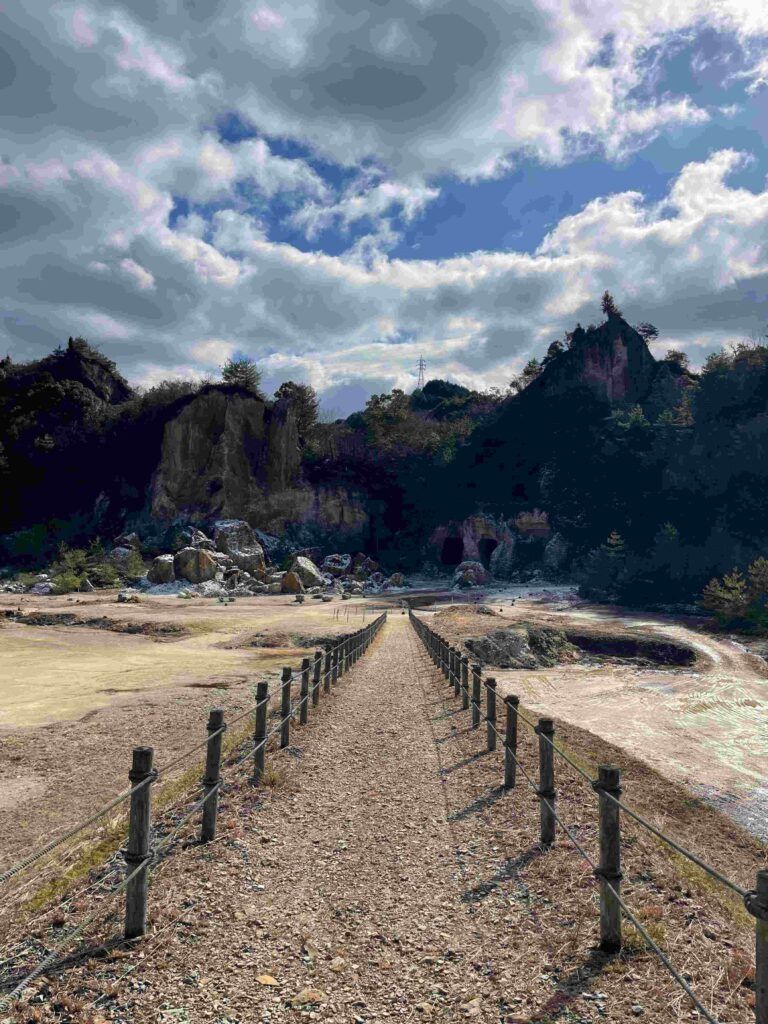
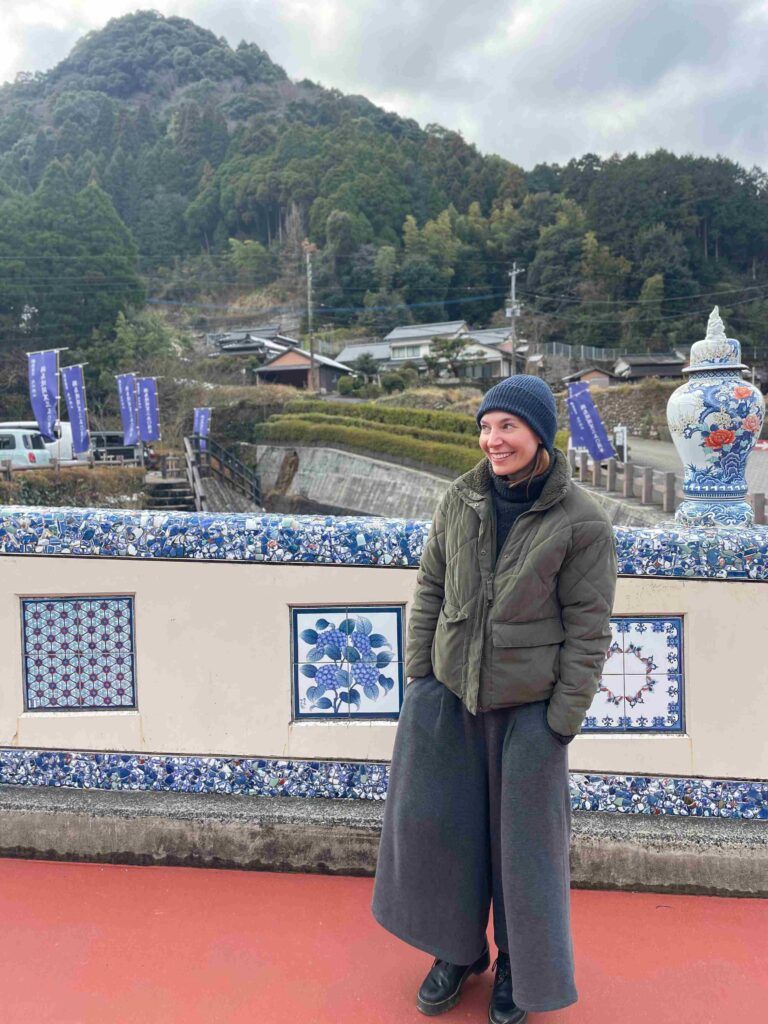
As my time in Nagasaki came to an end, I couldn’t help but reflect on this winter and how it was the perfect mix of relaxation, adventure and new experiences. This season served as the perfect end to an incredible year here in Japan.
– Mac (assistant manager #5)

